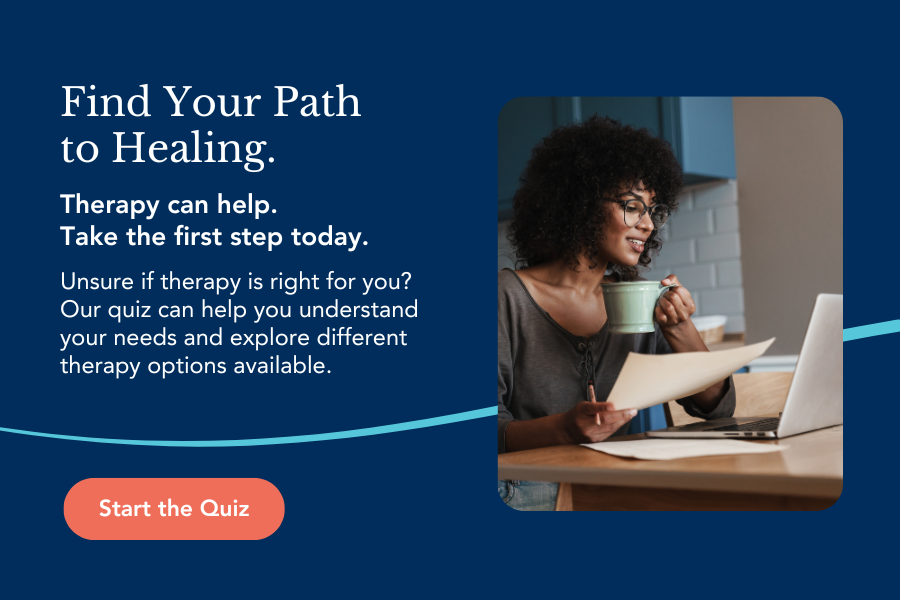Agoraphobia
Watch David Tokkesdal Explain Agoraphobia Below
Agoraphobia is a fear of being in situations where escape might be difficult or that help wouldn’t be available if things go wrong. Many people assume agoraphobia is simply a fear of open spaces, but it’s a more complex condition.
Agoraphobia is marked by anxiety that causes people to avoid situations where they might feel panicked, trapped, helpless, or embarrassed. It can occur on its own or alongside another mental health condition, such as panic disorder.
Signs & Symptoms of Agoraphobia
Agoraphobia is not the fear of just one thing. Someone can have many specific phobias that, when analyzed together, lead to an agoraphobia diagnosis. Someone with agoraphobia will have an extreme fear of at least two of the following:
Symptoms of agoraphobia may include:
- Being afraid of leaving home
- Being afraid of open spaces, bridges, or shopping centers
- Fear of enclosed spaces or buildings
- Fear of leaving home or being in social situations alone
- Fear of losing control in a public place
- Fear of places where escape might be difficult
- Fear of public transportation
Someone with agoraphobia may experience all of these fears, one of them, or another more specific worry. Due to the fear, people with agoraphobia will have at least one of the following behavioral or emotional symptoms:
- Avoid the agoraphobic fears
- Endure the situations, but with extreme anxiety
- Only face agoraphobic situations with help of another person
- Panic attacks often precede the onset of agoraphobia. When forced to endure a feared situation, a person may experience a panic attack that causes symptoms including:
- Chest pain
- Chills
- Diarrhea
- Dizziness
- Feelings of choking
- Feelings of unreality
- Nausea
- Numbness
- Rapid heartbeat
- Shortness of breath
- Sweating
- Trembling
In many cases, agoraphobia develops when someone has another anxiety disorder and panic attacks that go untreated for too long. After having a panic attack in public, people may begin to fear the next panic attack, leading to agoraphobia.
Agoraphobia Treatment
As with all types of anxiety, professionals may recommend prescription medication, therapy, or a combination to treat agoraphobia. Exposure therapy is a popular therapy for clients with agoraphobia.
Through the support of family and friends and professional help, a person who is struggling with agoraphobia can begin to manage their condition. Through medication and therapy, a person with agoraphobia can expect to eventually experience fewer panic attacks, fewer avoidance behaviors, and a return to a more independent and active life.
The stigma surrounding agoraphobia keeps some people from seeking treatment. For example, someone may believe that their anxiety isn’t “severe enough” to warrant therapy because they can leave their homes. This type of thinking couldn’t be farther from the truth. Help is available no matter where you’re at.

